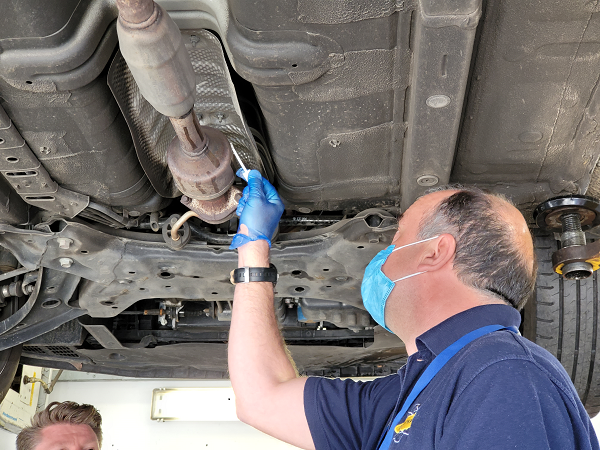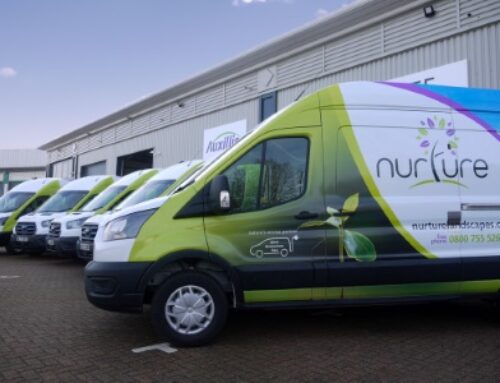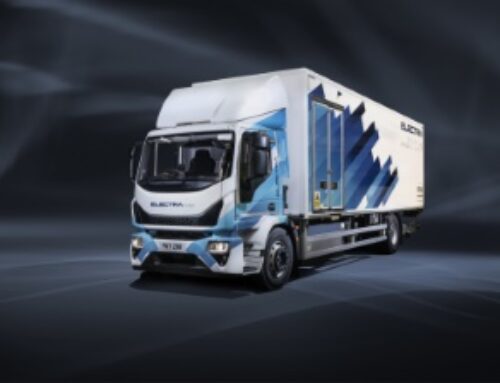A smarter way to tackle asset theft
 Phil Cleary, CEO of the SmartWater Group, explains how asset-marking technology can benefit the commercial vehicle sector
Phil Cleary, CEO of the SmartWater Group, explains how asset-marking technology can benefit the commercial vehicle sector
Organised crime gangs are targeting transport operators and fleet depots with increasing energy and determination as the prices of all kinds of metals reach all-time highs.
The perennial challenge for depot operators and fleet managers is how to protect assets such as catalytic converters, batteries, charging cables and other equipment which can be easily removed, have high resale value to criminals, but which are hard to permanently register or trace as your assets.
There are various attempts to tackle this issue currently available but they each have certain limitations. Chemical etching is relatively quick but can be defeated with the judicious combination of a screwdriver and elbow grease. ‘Catlocks’ are effective, but expensive and still don’t tackle the traceability question. What the market is looking for is an easy-to-use solution which combines marking, registration and crucially traceability.
The Centre for Infrastructure and Asset Protection (CIAP) is operating a national intelligence portal for the police, tracking organised crime gangs across the UK. With this intelligence it is helping police to better target resources and alerting its clients to of at-risk sites where additional security measures may be needed.
Working with the police CIAP has also created a National Asset Database (NAD) with an estimated 30 million assets registered, from household property to copper cable. The way the NAD works is any asset is forensically marked with a unique liquid – SmartWater. This is then registered to the database, ensuring that any recovered stolen property can be identified and traced back to the specific site it was taken from.
This approach is now, at the request of the police, being extended to the commercial vehicle market where the risk of catalytic converter theft is high given the increased ground clearance of vans and trucks making them easier for thieves to access.
Police forces are working with the CIAP to stage ‘Action Days’ which will allow fleet and depot operators to have the catalytic converters on their vehicles to be both marked and registered. The process for each vehicle takes around 10 minutes – so it is quick and simple. The police are then targeting local metal dealers to alert them to the fact that SmartWater has been deployed in the area and to show them how easy it is to detect marked assets and refuse to buy anything marked with SmartWater.
The ultimate ambition is to create an environment where organised crime gangs realise that there is limited commercial value in stealing SmartWater-marked assets, as no dealers will risk buying them. To heighten the visibility within the criminal fraternity of the technology, the CIAP and various police forces are working together on ‘sting’ operations targeting metal dealers and scrap yards to check for marked assets and to reinforce the possible punishments for handling stolen goods.
The creation of a quick, easy, cheap and effective way to mark, register and trace transport assets from catalytic converters to charging cables – which is linked to, and supported by, the police – may give depot and transport operators the peace of mind they have been looking for as asset crime rises.










